Gallery
Photos from events, contest for the best costume, videos from master classes.
 | 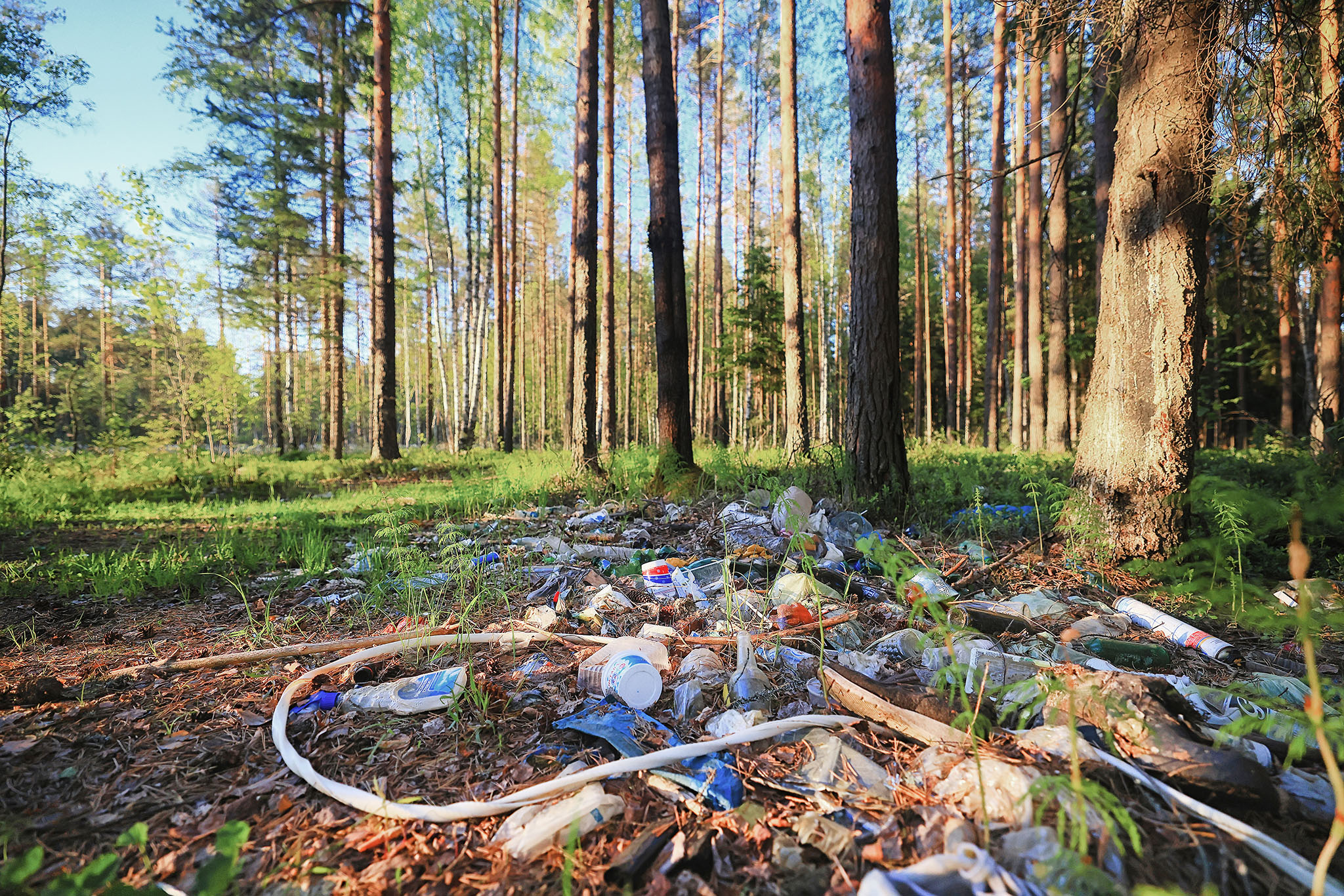 |
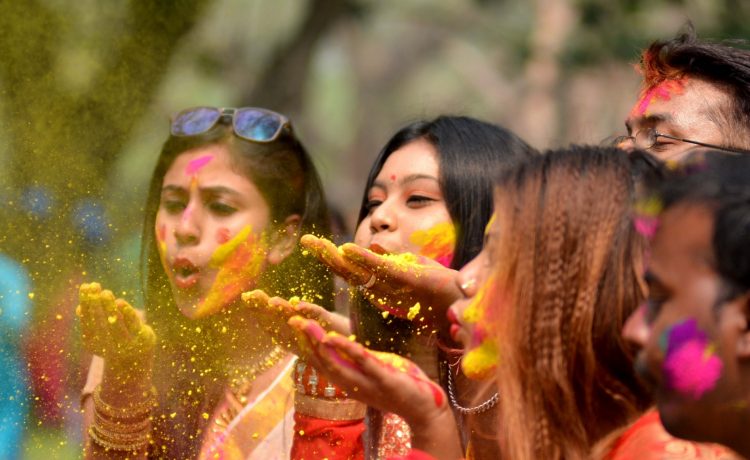 | 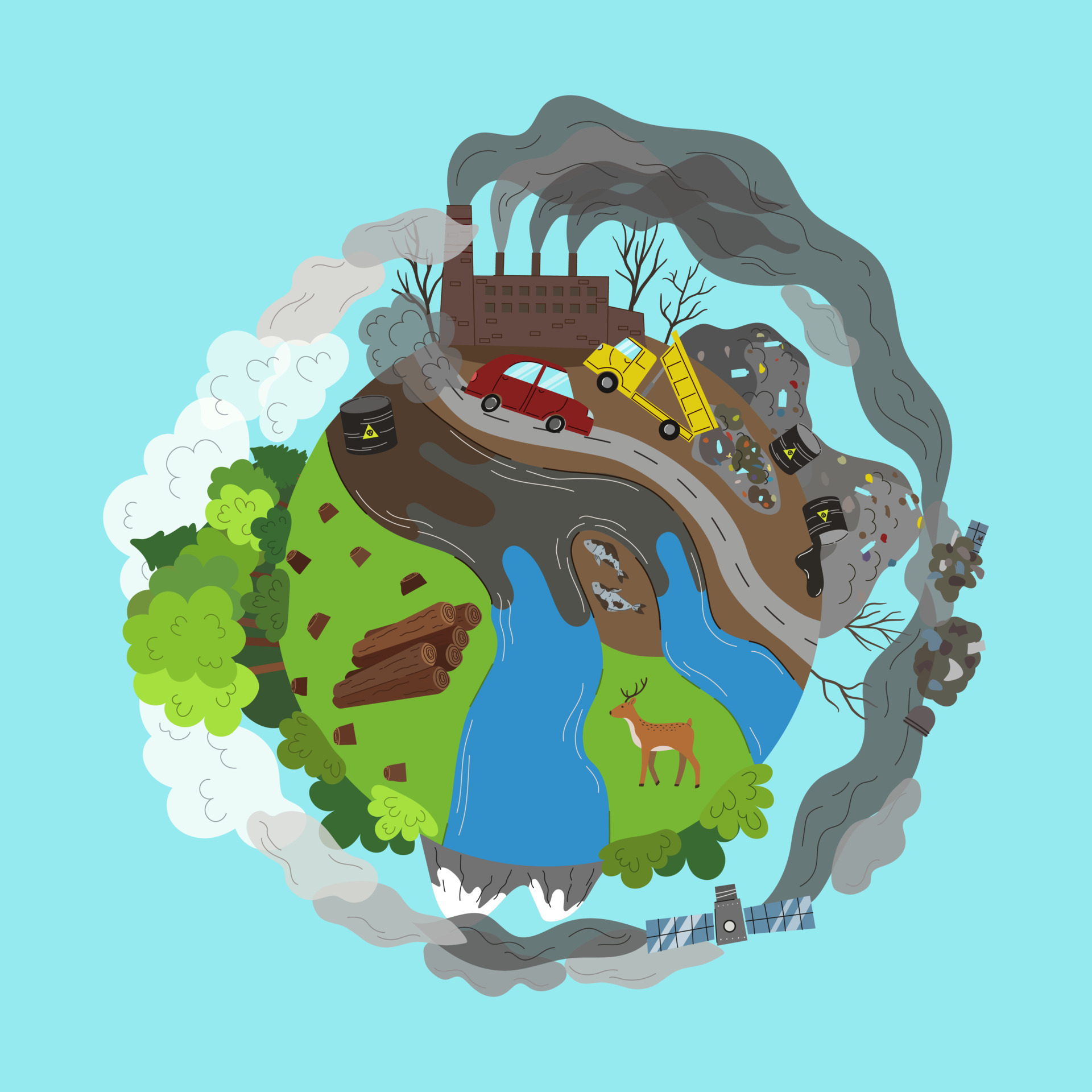 |
 | 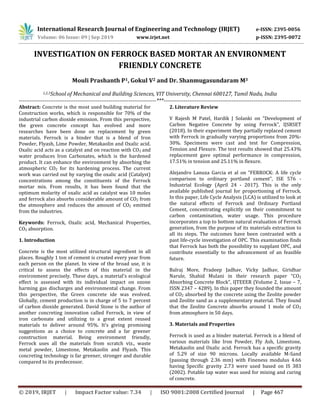 |
 |  |
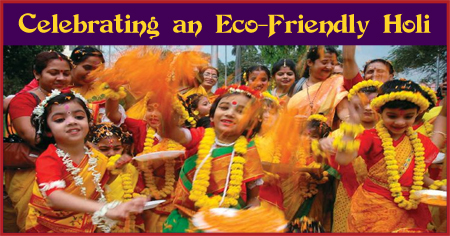 | 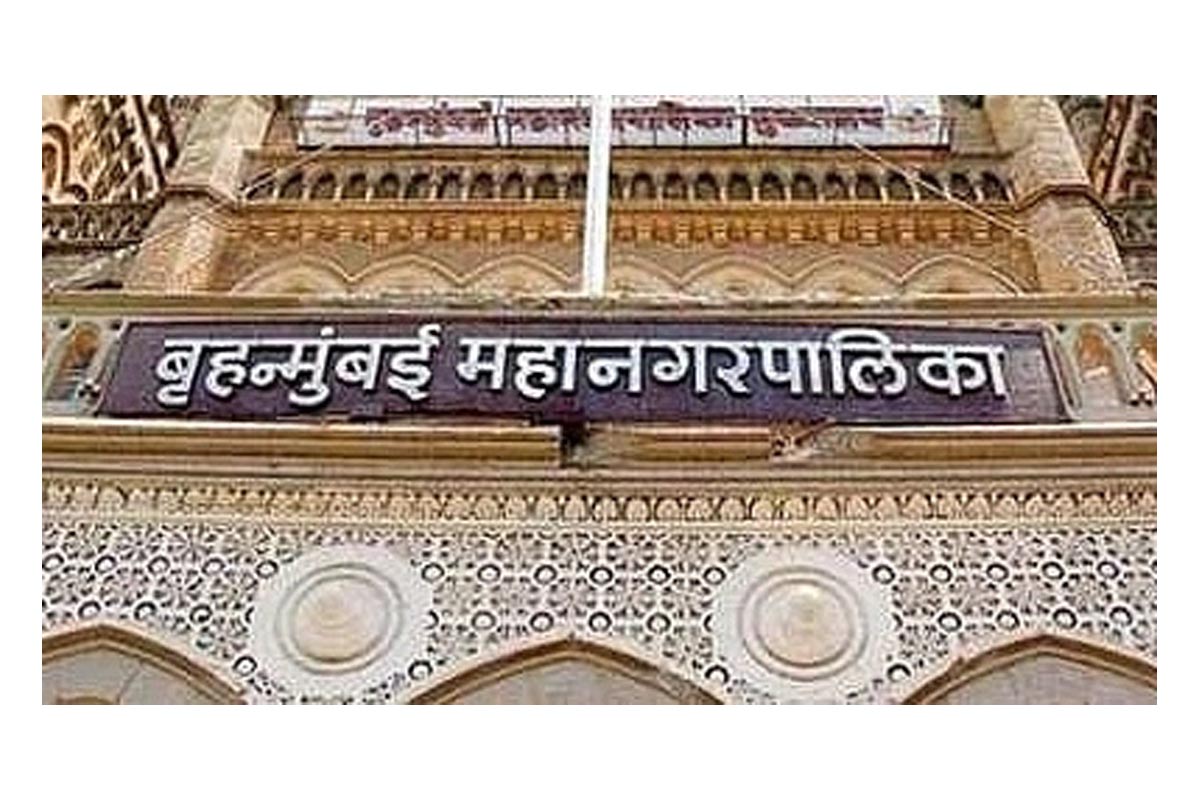 |
 | 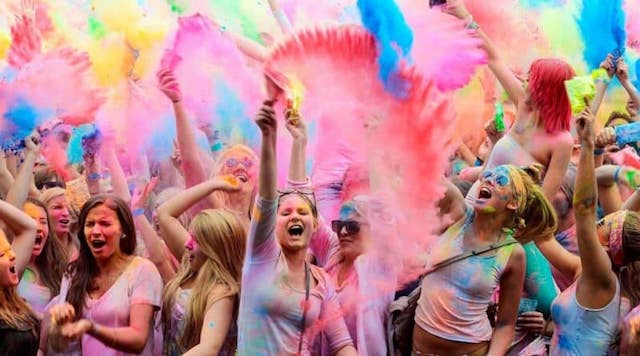 |
Holi is the festival of colours, joy, and togetherness, marking the arrival of spring. But while the vibrant celebrations are a feast for the senses, they often take a toll on the environment. From chemical-laden colours to water wastage and plastic litter, conventional ways of celebrating Holi can harm both nature and health. This year, Holi brings a long weekend, perfect for fun, food, and celebrations. But while enjoying the festival, it is also important to make sure the environment does not suffer. Playing Holi responsibly is easy. Here’s how you can celebrate without harming nature. The traditional way of celebrating Holi involves the use of synthetic colors and water wastage, which can harm the environment in various ways. In this blog post, we will explore the environmental impacts of Holi and discuss actionable strategies to minimize these impacts, ensuring a more sustainable and eco-friendly celebration. Storage and Safety Tips. Store powders in airtight containers to keep them fresh. Avoid exposure to moisture to prevent clumping. Perform a patch test on the skin before using. This Holi, opt for organic colours and celebrate the festival in a skin-friendly and environmentally conscious way. Enjoy a safe and vibrant Holi! The traditional use of synthetic colors, excessive waste generation, and massive water consumption during Holi festivities contribute to significant ecological harm. It is crucial to understand these impacts and adopt sustainable practices to minimize the festival’s environmental footprint while still enjoying its traditions. Holi, the festival of colors, brings joy and togetherness, but modern celebrations often cause environmental harm through synthetic colors, water wastage, and plastic waste. Embracing an eco The traditional colours used during Holi often contain harmful chemicals that can damage our skin, eyes, and the environment. A creative workshop on crafting eco-friendly Holi colours is the perfect way to celebrate the festival in a fun, safe, and environmentally conscious manner. In this article, we explore the environmental impact of Holi celebrations and advocate for the adoption of eco-friendly practices to preserve our planet while reveling in the spirit of this vibrant festival. Environmental Impact of Holi. Holi, the festival of colors, is a vibrant and joyous occasion celebrated by millions across the globe. The use of plastic water balloons, cups, and plates during Holi adds to the growing problem of plastic pollution. Instead of contributing to this environmental crisis, choose biodegradable or reusable alternatives for your Holi celebrations. Opt for clay or paper cups, plates, and bowls that decompose naturally without harming the environment. Clean up after Holi: Clean up the area after playing Holi and dispose of any waste properly. Do not litter or throw colors on the streets. Playing Holi in an eco-friendly way can help protect the environment and make the festival more enjoyable for everyone. Also read: Indian Ranks Highest Among G20 Nations in Climate Change Performance Index Such an amazing post dear rakhi. I really liked the idea of playing holi with flowers. it sounds really unique and refreshing. holi is a lovely festival but use of harmful colors and wastage of water make it little disturbing, your tips are so apt to celebrate this festival with much joy and at the same time, save resources too. Holi is not just a festival of colors; it is also a platform for promoting environmental awareness and sustainable practices. By embracing natural colors, conserving water, and managing waste responsibly, we can celebrate Holi in a way that respects the environment and fosters a culture of sustainability. Use pet-friendly, natural Holi colors that are gentle on skin, avoiding toxic synthetic colors that can harm sensitive pet skin and eyes. Source: Freepik Holi 2025: Pet Safety Tips Although the negative effects of Holi may sound frightening, there are many ways to celebrate the festival without polluting the environment or causing harm to others. Here are some eco-friendly Holi ideas that you can try this year including using organic colors, not using plastic bags or balloons, celebrating with flower petals, and keeping Introduction to Holi. Holi is a colorful and joyful festival celebrated mainly in India and Nepal. It marks the arrival of spring and the victory of good over evil. The festival is famous for its vibrant display of colors and is also known as the Festival of Colors. The Story Behind Holi. The festival has roots in ancient Hindu stories. Quick Tips: Use eco-friendly Holi colour options for your children; Use safe Holi colours for your pets to prevent harm to their skin from harmful chemicals. 7. Environmental Reflections for a Green Holi. There has been increasing awareness about Holi's environmental impact in recent years. Best ideas for Holi celebrations in the office. Holi, or the festival of colours, is one of India’s most joyous occasions. Rooted in cultural traditions, Holi symbolizes the victory of good over evil and brings in a season of love and unity. Holi Fashion: Styling Tips For The Colourful Festival. As the vibrant hues of spring burst forth, heralding the arrival of a season synonymous with renewal, joy, and communal spirit, the heart of India dances to the lively beats of Holi. Eco-friendly Holi is a way of celebrating the Hindu festival of Holi that prioritizes environmental sustainability and protection. This type of celebration involves taking steps to minimize the environmental impact of the festival, such as using natural colors, reducing water usage, avoiding plastic, planting trees, and cleaning up after the Festivals in India like Makar Sankranti, Holi, Ganesh Chaturthi, and Diwali can harm the environment through pollution if proper precautions are not taken. During these festivals, pollution occurs from the use of manja kites, harmful chemical colors, noise from music, fireworks, and immersion of plaster idols in water sources.
Articles and news, personal stories, interviews with experts.
Photos from events, contest for the best costume, videos from master classes.
 |  |
 |  |
 |  |
 |  |
 |  |
 |  |